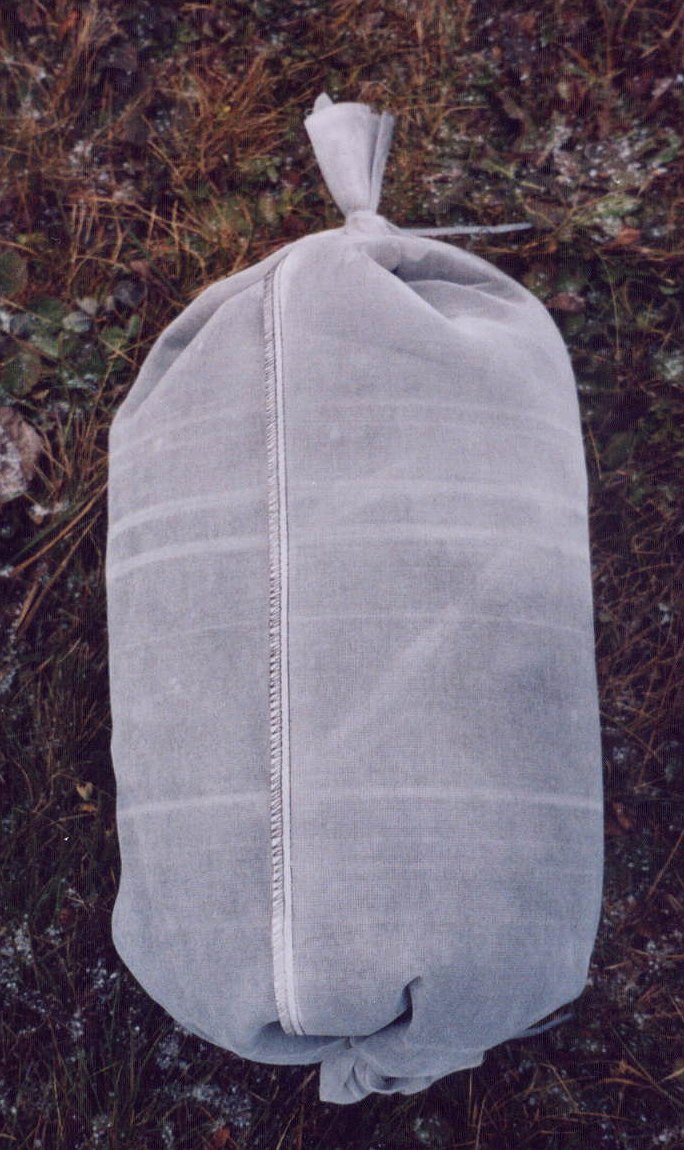Activated Carbon
For many centuries activated carbon has been an established way of removing contaminants from air and water. Even the ancient Egyptians used porous coal to improve the quality of water in storage. Modern-day activated carbons have are much more effective due to the continued optimisation of manufacturing processes. They are used in a broad range of applications such as vent hood filters in kitchens, gasmasks for military use, automobile filters, the purification of drinking water, decolourisation and for medical purposes i.e. for gastrointestinal complaints and so on.
Activated carbon has a highly porous sponge-like structure formed from carbon. One gram of activated carbon can have an internal surface area of more than 2000 m². Activated carbon has strong adsorption properties very much like that of a sponge, with a propensity to soak up and trap airborne contaminants. Activated carbon is manufactured from different biological source materials depending on which contaminant it is to treat. Activated carbon produced from coconut shells has proven to be the best for filtering odour contaminated air and consequently is used by us in our filter units.
In contrast to biofilters, activated carbon operates at every temperature and with dry air. Further strong points are its low space requirements and dimensional stability (does not crumble so no gaps or cracks form). The service life of activated carbon depends on the levels of pollutant passing through the filter module. As our activated carbons are neither bonded nor fused with the surface of other materials (whereby many pores would plug up), it is very durable. It is extremely easy to exchange the filter when spent and the used activated carbon can subsequently be treated and reprocessed.


